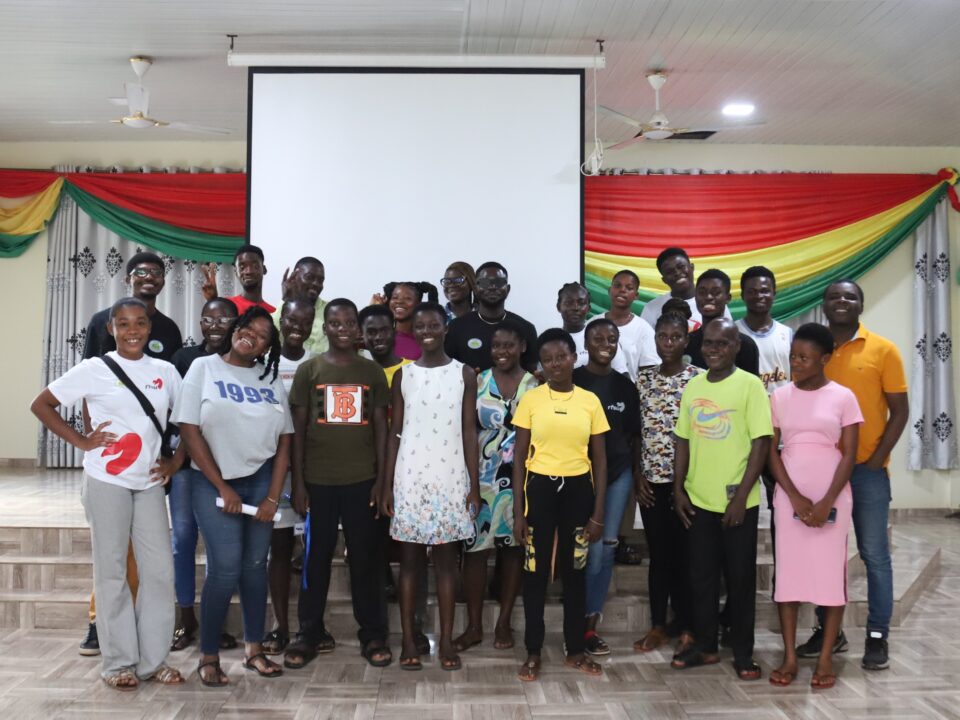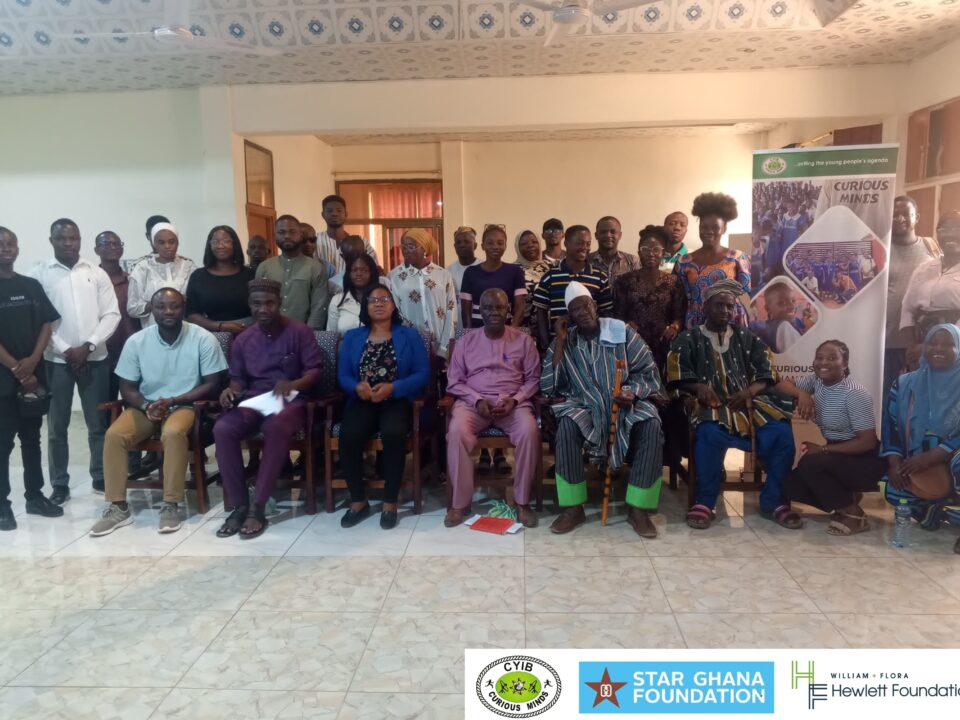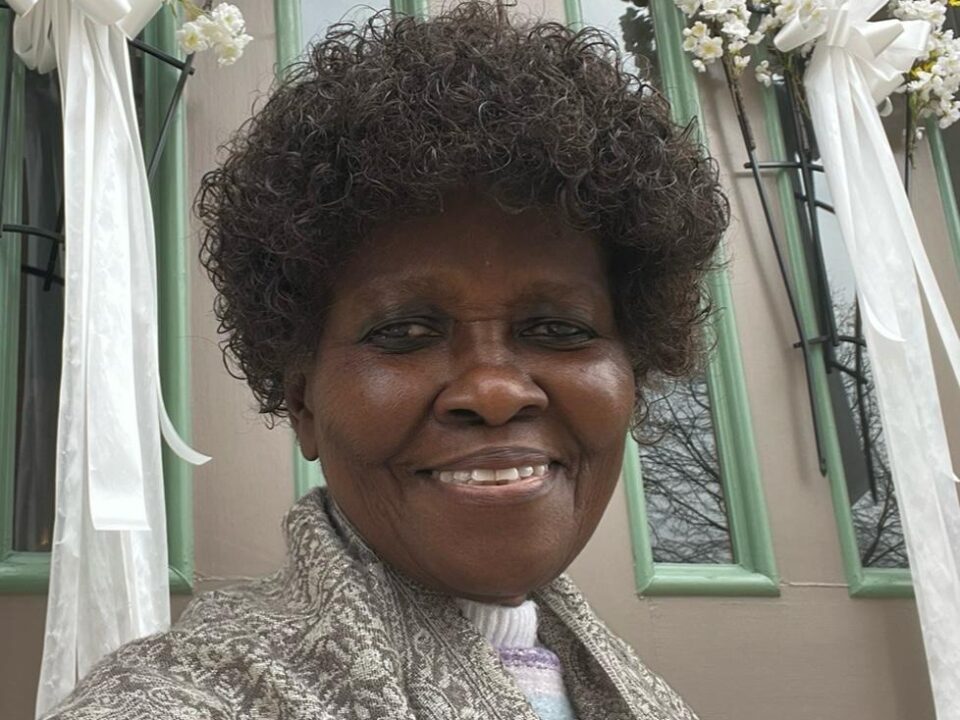
4TH NATIONAL HIV/AIDS RESEARCH CONFERENCE LAUNCHED IN ACCRA
May 10, 2018
MESSAGE FROM DOCTOR GRACE GYIMAH-BOATENG ON OBSTETRIC FISTULA
May 23, 2018
Image credit: Ghanawebonline
The 1992 Constitution gives every Ghanaian the fundamental human right and freedoms to live as citizens, including children. Most children in Ghana are subjected to different forms of violations and abuses which includes Child Labour (CL).
According to the Children’s Act of 1998 (Act 560), children under the age of 15 years are expected to be in school and hence are debarred from engaging in any form of employment. However, children aged 13 and 14 years are permitted to engage in ‘light’ family work such as sweeping, washing, among others. Despite all these legal provisions, more and more people flout the rules protecting children by engaging them in difficult, hazardous and exploitative work.
The National Plan of Action Phase II (NPA2) for the elimination of the worst form of Child Labour, 2017-2021, has been launched under the theme: ” Developing the child for a brighter future: kick child labour away from Ghana”.
It is estimated that there are over 2.7 million child labourers in Ghana, with children engaged in hazardous activities like agriculture, domestic service, transportation and tourism sectors, among others. Ghana is a signatory to international instruments, such as International Labour Organisation (ILO) Conventions 138 and 182, and the Sustainable Development Goals (SDGs) which call for the elimination of child labour.
According to Mr. Eric Kwakye Dafour, the Eastern Regional Minister, the future belongs to the children; hence, they must be given the opportunity to be educated for a brighter future. Most people involve the children in fishing and farming rather than allowing them to go to school.
The goal of NPA1 for the Elimination of the Worst Forms of Child Labour (2009-2015) was to reduce the worst forms of child labour to the nearest minimum, while laying strong social, policy and institutional foundations for the elimination and prevention of all other forms of child labour in the longer term.
Significant gains made during the implementation of NPA1 include enhanced coordination and improved synergies among public institutions. It also provided a focus for government partnership with civil society and international organisations working to improve the well-being of children. More importantly, NPA 1 helped to enhance awareness and established child labour as a topical national issue.
NPA 2 is a comprehensive and integrated intervention on child labour, addressing the fundamental issues such as poverty, ignorance, attitudinal negligence as well as law enforcement.
Speaking at the launch held at Okonam, in the Suhum Municipality of the Eastern Region, the Minister of Gender, Children and Social Protection, Otiko Afisa Djaba called on parents to end crimes against children. “Child labour steals the childhood and human rights of the children. It is prone to child trafficking and prostitution. It is not the responsibility of children to feed parents” she said.
The Minister added that, parents should allow their children benefit from the Free Compulsory Universal and Basic Education (FCUBE) and Free Senior High School (SHS) recently rolled out by the ruling government and not deny their children the right to education by attributing it to poverty.
The Minister indicated that her outfit, with the help of the president and stakeholders have introduced several policies such as ‘Operation get off the street now for a better life project’ to address the menace.
Cesar Giovanni Soledad, National Project Coordinator of ILO stated that the target of NPA 2 is to reduce CL to the nearest minimum of 10% by 2021 compared to its current 22% and the best way to approach this is to understand the sector it operates in. “We need to take on a community or area base approach and the action plan will serve as a map” he added.
He lauded the development of the Ghana Child Labour Monitoring System (GCLMS), an active process to regularly check workplaces in order to ensure that children are not working there, and young workers are adequately protected, but indicated that it needed more people to regulate it.
The NPA2 was developed by the Ministry of Employment and Labour Relations in consultation with key stakeholders (Social Partners, Civil Society Organisations, the Media and Development Partners to reduce child labour to at least 10% by 2021 based on the recommendation from the review of NPA1 and the recent Child Labour Report conducted by the Ghana Statistical Service (GSS) as part of the Ghana Living Standard Survey Round 6.
It gives attention to;
- The need to get more resources, focus actions on local communities and strengthen educational outcomes so that children are enrolled and retained in school.
- Sensitize the general public, build capacities of partners to tackle all worse forms of child labour, ensure effective provision and monitoring of social services and economic empowerment programmes and
- Promote community empowerment and sustainable action against child labour in mining, fishing, agriculture, domestics.
Erica Ehiamah,
CYIB – Curious Minds



